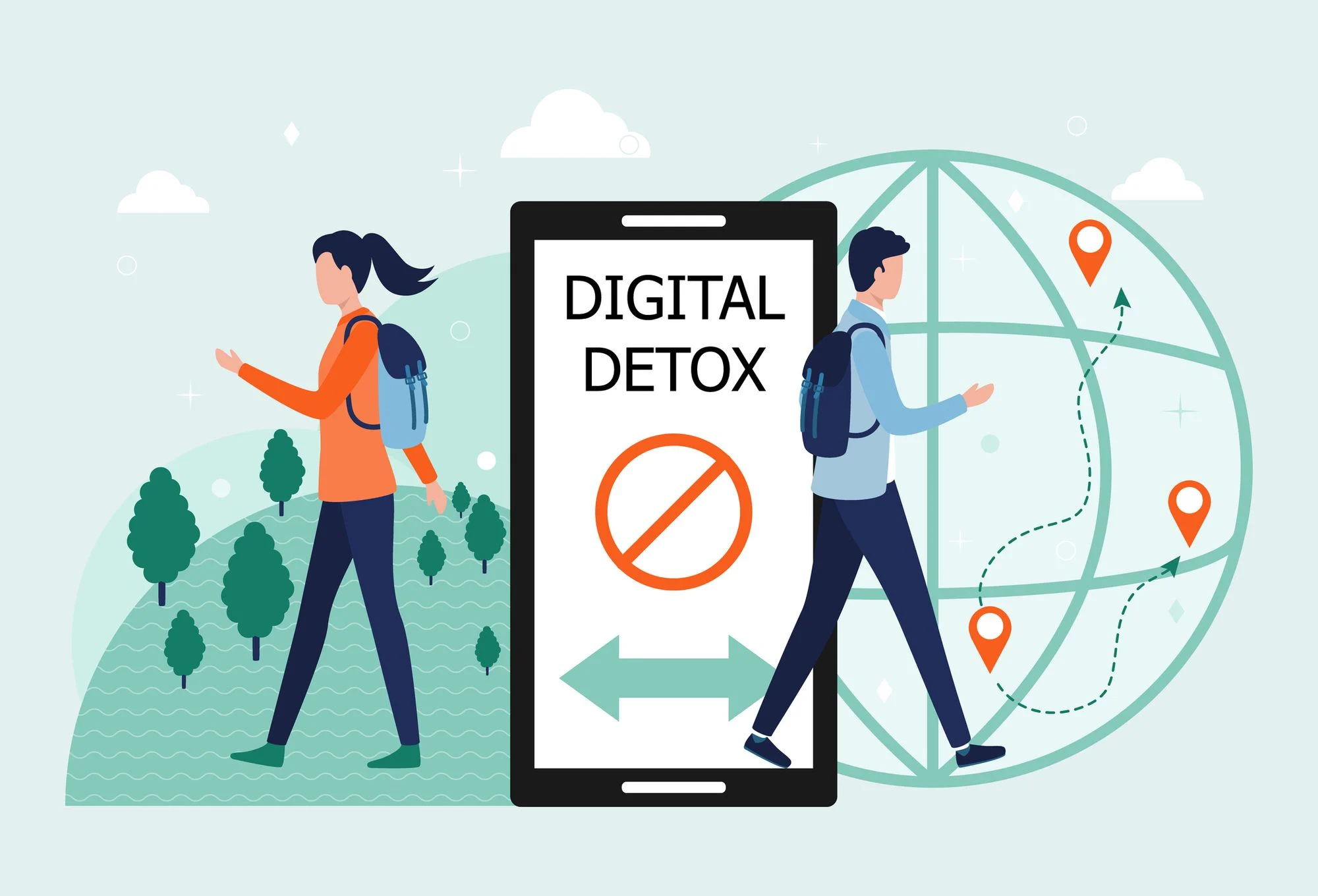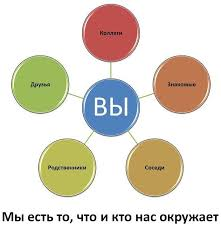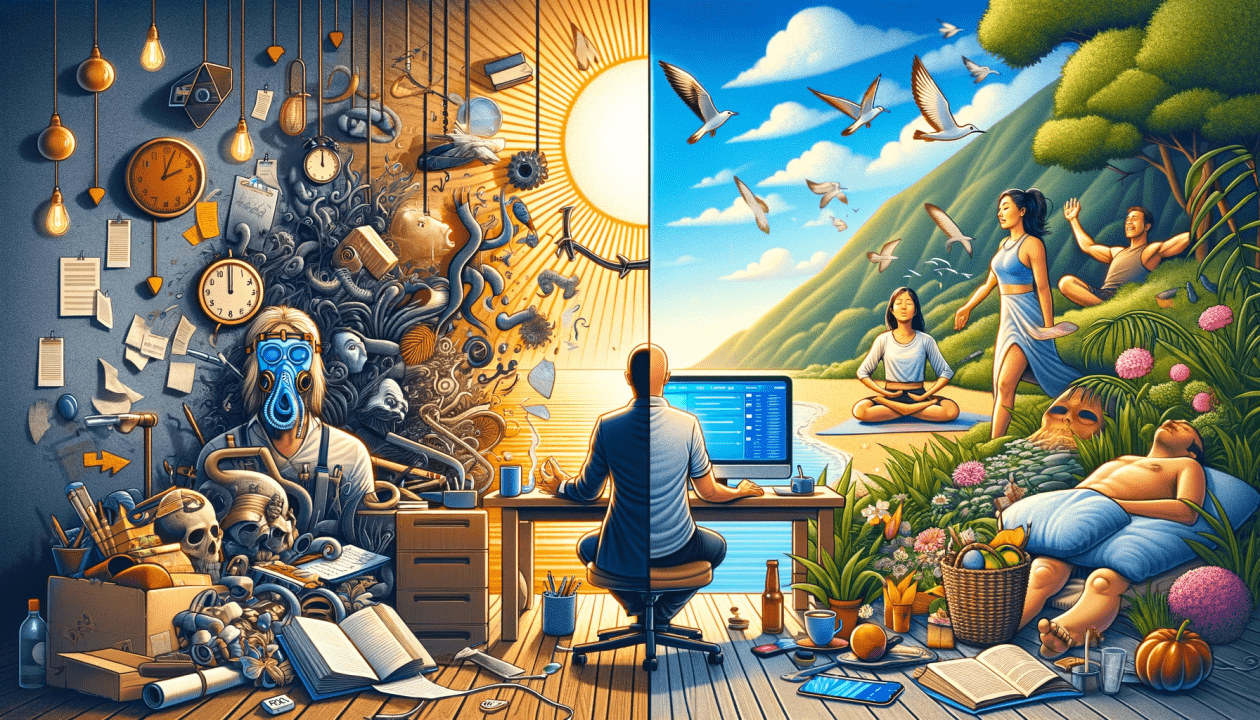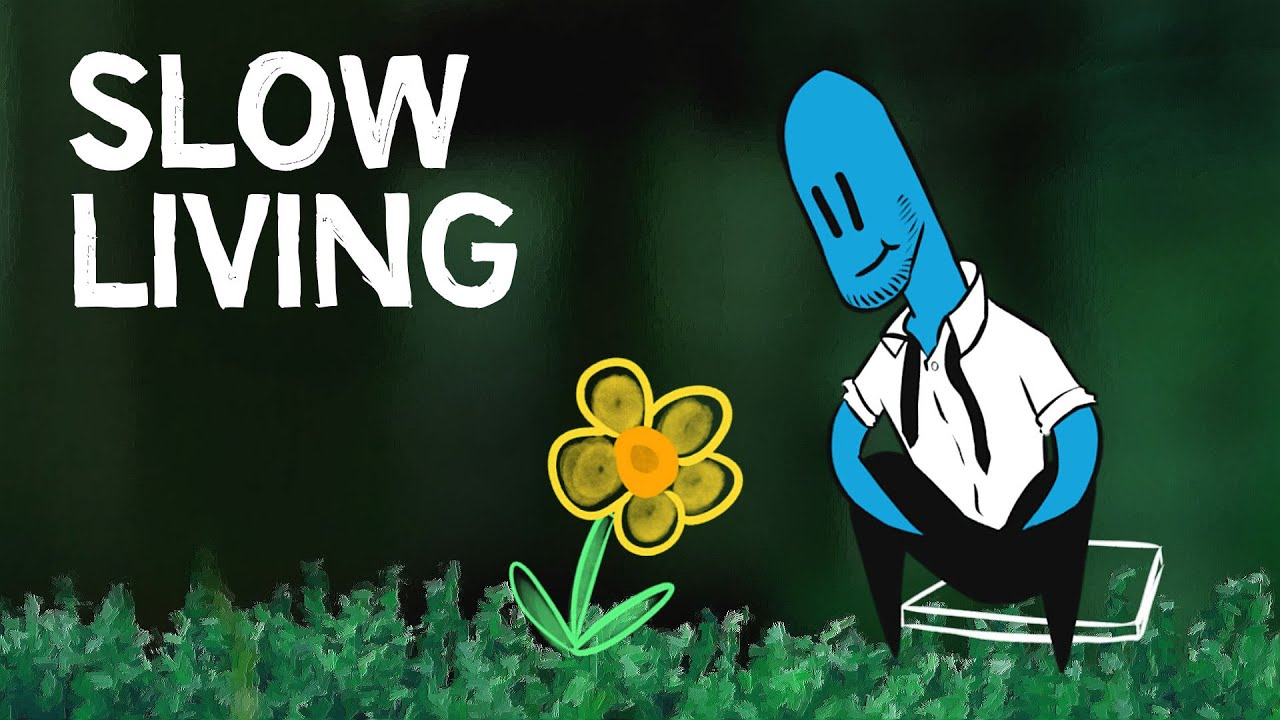Understanding Intentional Living
Intentional living is about making conscious choices about how you spend your time, energy, and resources. It's about aligning your actions with your values and creating a life that reflects your authentic self. In a world of constant distractions and external pressures, intentional living offers a pathway to greater clarity, purpose, and satisfaction.
Step 1: Identifying Your Core Values
Your core values are the fundamental beliefs that guide your decisions and actions. Identifying them is the cornerstone of intentional living. Consider these questions:
- What is most important to you in life? (e.g., family, freedom, creativity, security)
- What principles do you refuse to compromise?
- What activities make you feel most alive and engaged?
Write down your top 5-7 values. These will serve as your compass as you design your days.
For example, if "health" and "learning" are core values, your daily schedule might include exercise and dedicated reading time.
Step 2: Defining Your Vision
Your vision is a clear picture of your ideal future. Where do you want to be in 5, 10, or 20 years? Consider all aspects of your life: career, relationships, health, finances, personal growth, and contribution.
Write a detailed description of your ideal day in the future. What are you doing? Who are you with? How do you feel? This vision will inspire you to take action and make choices that align with your long-term goals.
Step 3: Evaluating Your Current Lifestyle
Now, take a hard look at your current lifestyle. How well does it align with your values and vision? Identify the areas where there is a mismatch. This might involve tracking your time for a week to see where it actually goes versus where you *think* it goes.
Here's a helpful table for evaluating your current lifestyle:
| Area of Life | Current Situation | Alignment with Values | Action Steps |
|---|---|---|---|
| Career | Working long hours in a stressful job | Low (values: health, family) | Explore alternative career paths, negotiate a reduced workload, prioritize self-care |
| Relationships | Limited quality time with loved ones | Low (values: relationships, connection) | Schedule dedicated family time, plan meaningful activities together |
| Health | Inconsistent exercise and unhealthy eating habits | Low (values: health, well-being) | Create a consistent workout routine, meal prep healthy meals, prioritize sleep |
| Finances | Living paycheck to paycheck, accumulating debt | Medium (values: security, freedom) | Create a budget, track expenses, automate savings |
Step 4: Designing Your Ideal Day
Based on your values, vision, and current lifestyle evaluation, start designing your ideal day. This involves making conscious choices about how you spend your time and energy. Break down your day into manageable blocks and allocate time to activities that align with your goals.
Consider these elements:
- Morning Routine: Start your day with intention. Incorporate activities that energize you and set a positive tone (e.g., meditation, exercise, journaling).
- Work/Career: Focus on tasks that are aligned with your values and contribute to your long-term goals. Delegate or eliminate tasks that are not essential.
- Relationships: Schedule dedicated time for connecting with loved ones. Be present and engaged during these interactions.
- Self-Care: Prioritize activities that nourish your mind, body, and soul. This might include exercise, relaxation, hobbies, or spending time in nature.
- Evening Routine: Wind down and prepare for sleep. Avoid screens and engage in calming activities (e.g., reading, meditation, spending time with family).
Remember, this is a design *for you*. If you are a night owl, perhaps your most productive time is in the evening, rather than trying to force yourself into a morning person schedule. Adapt it to your own personal preferences.
Step 5: Implementing and Iterating
Building a new lifestyle takes time and effort. Start small and gradually incorporate new habits into your routine. Be patient with yourself and celebrate your progress along the way. It's also vital to build in flexibility.
Regularly review your progress and make adjustments as needed. Life is dynamic, and your needs and priorities may change over time. Be willing to adapt your design to stay aligned with your evolving self. What works one month may not work the next.
Tools and apps can be helpful for tracking your time, setting goals, and building new habits. Explore different options and find what works best for you.
Here are some examples of possible time allocations:
- 7:00 AM: Wake up, hydrate, quick stretches
- 7:30 AM: Meditation/Mindfulness practice (15 minutes)
- 7:45 AM: Journaling/Gratitude practice (15 minutes)
- 8:00 AM: Prepare and enjoy a healthy breakfast
- 8:30 AM: Review daily schedule and prioritize tasks
- 9:00 AM - 12:00 PM: Focused work block
- 12:00 PM: Lunch and short walk
- 1:00 PM - 4:00 PM: Meetings and collaborative work
- 4:00 PM - 5:00 PM: Wrap up work, plan for the next day
- 5:00 PM: Exercise
- 6:00 PM: Prepare and enjoy dinner with family
- 7:00 PM - 8:00 PM: Free time/hobbies
- 8:00 PM: Reading/Personal development
- 9:00 PM: Prepare for bed, dim lights
- 9:30 PM: Evening stretches/Relaxation
- 10:00 PM: Sleep
Long-Term Considerations
Building a sustainable lifestyle requires ongoing effort and attention. Consider these long-term factors:
- Maintenance of Habits: Consistently practice the habits that support your values and goals. Make them a non-negotiable part of your routine.
- Adaptability: Be prepared to adjust your lifestyle as your needs and priorities change. Life is dynamic, and your design should evolve with you.
- Financial Sustainability: Ensure that your lifestyle is financially sustainable. Avoid overspending and prioritize saving for the future. Regularly review your budget and make adjustments as needed.
- Environmental Impact: Consider the environmental impact of your lifestyle choices. Make conscious decisions to reduce your carbon footprint and live more sustainably.
- Social Connections: Nurture your relationships with family and friends. Strong social connections are essential for well-being and happiness.
- Continuous Learning: Invest in your personal growth and development. Continuously learn new skills and expand your knowledge.
Potential Roadblocks
It's important to anticipate potential problems and to be prepared. These are some common roadblocks:
- Lack of Time: Many people claim they don't have enough time. However, it's often a matter of prioritization. Track your time to identify time-wasting activities and reallocate that time to more meaningful pursuits.
- Lack of Motivation: Motivation can fluctuate. Create accountability systems, set realistic goals, and reward yourself for progress to stay motivated.
- Perfectionism: Don't strive for perfection. Focus on progress, not perfection. Embrace imperfections and learn from your mistakes.
- External Pressures: Resist the pressure to conform to societal expectations. Focus on creating a life that aligns with your own values and goals, not what others expect of you.
- Fear of Change: Change can be scary, but it's essential for growth. Embrace the unknown and step outside of your comfort zone.
FAQ
- Q: How often should I review my lifestyle design?
- A: At least quarterly. Your needs and priorities may change over time, so it's important to regularly assess whether your lifestyle is still aligned with your values and goals.
- Q: What if I don't know what my values are?
- A: Take some time for self-reflection. Consider what is most important to you in life and what principles you refuse to compromise. You can also use online resources or work with a coach to help you identify your values.
- Q: How can I stay motivated when I face setbacks?
- A: Remember your "why." Connect with the reasons why you want to create a more intentional life. Focus on the progress you've made and celebrate your successes along the way. Seek support from friends, family, or a coach.
- Q: Is it possible to design a perfect life?
- A: There's no such thing as a perfect life. The goal is not to eliminate challenges or create a life free of problems, but to create a life that is aligned with your values and brings you a sense of purpose and fulfillment.
Disclaimer: This information is for informational purposes only and should not be considered professional advice.
Tools and Resources
- Time tracking apps (e.g., Toggl Track)
- Goal-setting apps (e.g., Strides)
- Meditation apps (e.g., Headspace, Calm)
- Journaling prompts (search online for options)
- Books on intentional living and mindfulness
Conclusion
Designing your days is an ongoing process of self-discovery, experimentation, and adaptation. By aligning your actions with your values, defining your vision, and creating a lifestyle that supports your well-being, you can build a life that is truly fulfilling and meaningful in 2025 and beyond. The world is always changing, so the ability to adapt your lifestyle is increasingly important.
Sources
- Clear, James. *Atomic Habits: An Easy & Proven Way to Build Good Habits & Break Bad Ones*. Avery, 2018.
- Covey, Stephen R. *The 7 Habits of Highly Effective People: Powerful Lessons in Personal Change*. Free Press, 1989.
- Newport, Cal. *Deep Work: Rules for Focused Success in a Distracted World*. Grand Central Publishing, 2016.





